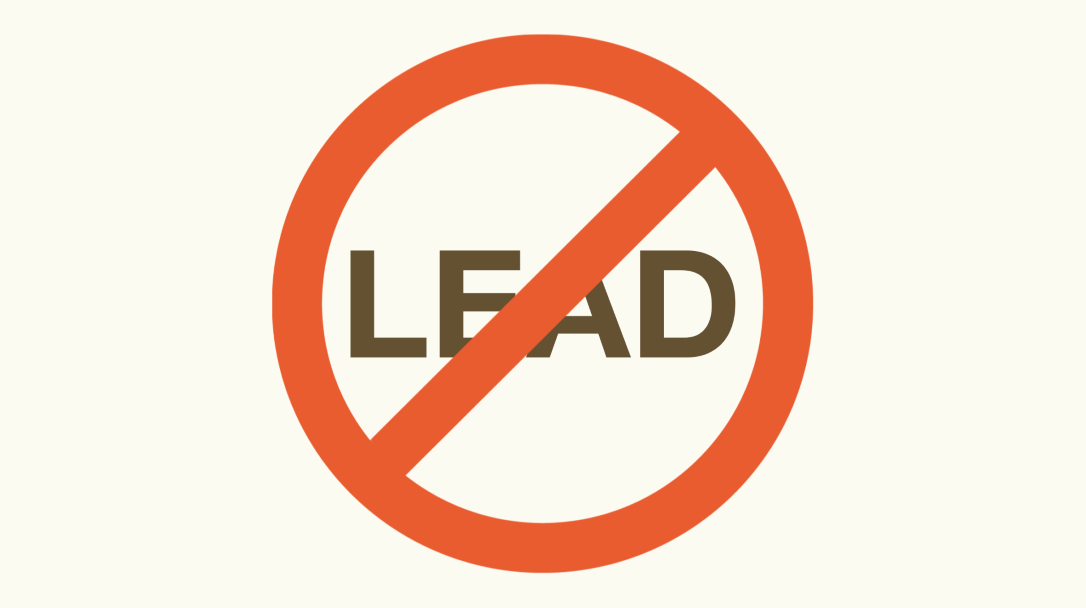How Are Children Exposed to Lead?
Since lead was removed from gasoline and paint and reduced in factory emissions in the United States, fatal lead encephalopathy has all but disappeared, and symptomatic lead poisoning in children is now rare. As pediatricians know, however, the risk of exposure continues, particularly in older homes and communities. Lead can remain in household dust, in soil that children unintentionally ingest through normal hand-to-mouth behavior, or in water that is supplied through lead pipes. Some toy jewelry, old toys made in the United States and some imported toys were painted with lead-based paint, and some vinyl and plastic toys have lead added as a softener. Some imported ceramics and glazed dishes made in the U.S. prior to the 1990s also contain lead. Other potential sources include older, vinyl mini-blinds and imported aluminum cans with soldered seams.
How Much Lead is Safe?
There is no safe level of lead exposure in children, with lasting decreases in cognition documented in children with blood levels as low as 5 micrograms per deciliter of lead in blood. At that level, the Centers for Disease Control and Prevention recommends evaluation and intervention. However, all elevated lead levels are a concern. There is no safe level.
What are the Signs of Lead Poisoning?
Most children with elevated lead levels are asymptomatic. As the lead levels rise, children may complain of non-specific symptoms such as headaches, abdominal pain, loss of appetite or constipation. Children with signs of clumsiness, agitation, or decreased activity and drowsiness may be showing signs of central nervous system (CNS) involvement that may rapidly proceed to vomiting, stupor, and convulsions. Symptomatic lead toxicity must be treated as an emergency.
For lead exposure seen today in the United States, more long-term, subclinical CNS symptoms are the most common effects. The best-studied is cognitive impairment, as measured by IQ tests. Although lead is a risk factor for developmental and behavioral problems, its impact varies significantly by individual and may be affected by the psychosocial environment and educational experiences of the developing child. Effects on hearing and balance may occur at commonly encountered blood lead levels. Some studies have measured tooth or bone lead levels, thought to represent integrated, possibly lifetime, exposure. Research shows students with elevated tooth lead levels are more inattentive, hyperactive, disorganized, and less able to follow directions at school, with one study showing higher drop-out rates and reading disabilities. Elevated bone lead levels were associated with increased attentional dysfunction, aggression, and delinquency.
How Does Lead Cause Damage?
Lead alters very basic nervous system functions, like calcium-modulated signaling, at very low concentrations in vitro. The age of 2 years, when lead levels often peak, is the same age at which a major reduction in dendrite connections occurs, among other events crucial to development. It's possible that lead exposure at that time interferes with a critical development process in the CNS, but what that specific process is has not been clearly identified. Imaging studies of adults who had elevated blood lead levels in childhood have demonstrated region-specific reductions in the brain's volume and alterations of its microstructure, as well as a significant impact on brain reorganization.
Lead also has important nonneurodevelopmental effects. The kidneys are common targets, and children exposed to lead are at significantly greater risk of becoming hypertensive adults. Lead also interferes with the body's ability to use the vital nutrients vitamin D and iron. Exposure has been linked to delayed growth.
Lead Poisoning Prevention Videos

Lead Poisoning Prevention
Share these videos, available in English and Spanish, to educate families about lead exposure, its effects on a child's health and how to prevent lead poisoning.
This content was supported by the Centers for Disease Control and Prevention (CDC) of the U.S. Department of Health and Human Services (HHS) as part of a financial assistance award totaling $150,000 with 100 percent funded by CDC/HHS. The contents are those of the author(s) and do not necessarily represent the official views of, nor an endorsement, by CDC/HHS, or the U.S. Government.
Last Updated
08/02/2024
Source
American Academy of Pediatrics